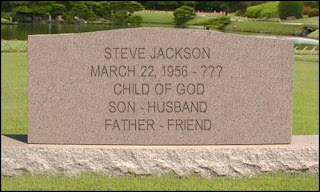
Tarzan of the Apes by Edgar Rice Burroughs
My rating: 4 of 5 stars
Tarzan of the Apes, the first of the Tarzan books, was published by Edgar Rice Burroughs in 1912. The book tells the story of a English Lord, orphaned as an infant in the jungles of West Africa. The boy is adopted and raised by a tribe of gorillas and has to learn to survive in the wild. In time he talks with the animals, swings through the jungle trees, and fights against fierce tigers and lions. Tarzan eventually grows to the strength of his fellow apes and this strength, coupled with his human intelligence enables him to become the king of his tribe of gorillas and king of the jungle.
Eventually other humans enter Tarzan's jungle; first a fierce tribe of cannibals, and then a mutinous shipload of Englishmen. Naturally humanity brings with it all the problems of the "civilized" world. The good news is, they also bring the first white woman, Jane Porter, that Tarzan has ever seen. In the end Tarzan is forced to choose between two worlds.
I loved this book! I had no idea the original Tarzan would be so entertaining. The book is so much better than the Tarzan TV shows and movies I grew up watching. I love the writing style (definitely "pulp") and the way the story is propelled along; it really moves. It's also a pretty amazing feat that Tarzan learned to read English by reading books, speak French in only a few weeks, and a host of other amazing feats. Not bad for a "Forest Man" as the other Englishmen call him. Reading the book you have to overlook the racist stuff and the parochial worldview; Burroughs was definitely a product of his age. Bottom line, I like this Tarzan better than the dumb brute portrayed by Johnny Weissmuller and the early Tarzan movies. I especially liked the way the story ended, with Tarzan doing the classy thing. It really made me want to read the other 23 books Burroughs wrote in this series. If you've got a few hours and want to "cozy-up" with a good adventure story, try this one on for size!






